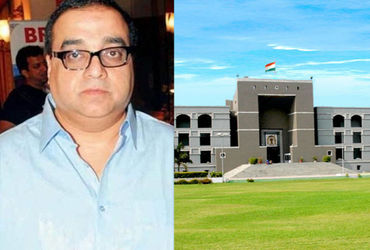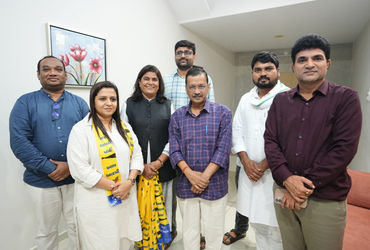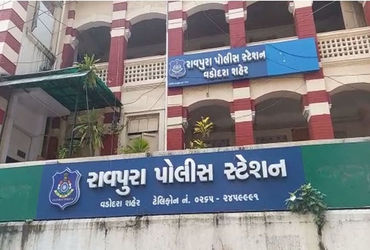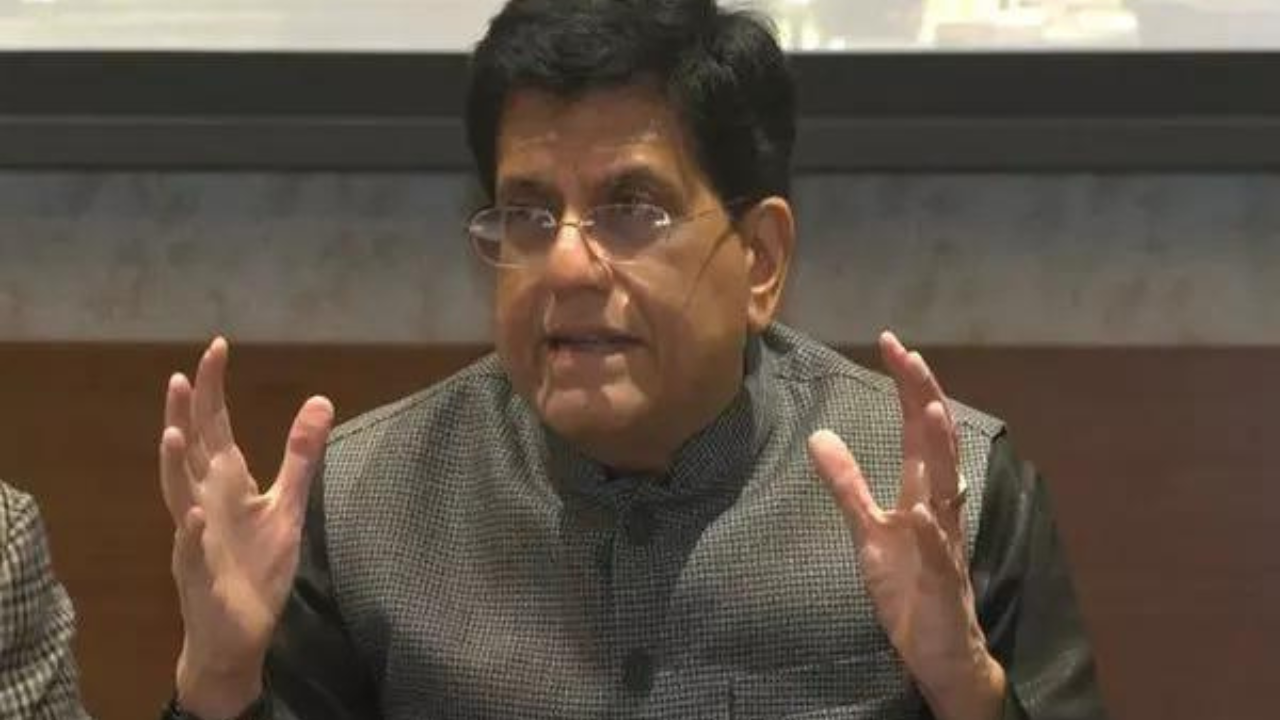A former judge examines how the Supreme Court began adopting technology and digitisation

Join our WhatsApp Community to receive travel deals, free stays, and special offers!
- Join Now -
Join our WhatsApp Community to receive travel deals, free stays, and special offers!
- Join Now -

In the early 2000s, focused efforts were directed towards comprehensive computerisation. A centrally sponsored scheme aimed at computerising 700 city courts across Delhi, Kolkata, Mumbai and Chennai was initiated between 2003 and 2004. The focus at this stage was primarily on back-office tasks. The first-ever e-Committee to formulate a National Policy on the computerisation of the Indian Judiciary was constituted by the CJI in July 2004. This was chaired by Dr GC Bharuka J.
A strategic plan was presented to the then CJI RC Lahoti J in May 2005. This laid the foundation for a national policy and action plan, emphasising judicial autonomy in technology adoption. The Department of Justice (DoJ) of the Union Government identified 14,938 courts in the districts across the country for computerisation in three stages, emphasising citizen-centric services, software development models and the migration to cloud infrastructure. The project was launched in October 2005 as one of the centrally sponsored schemes, and in June 2006, it was declared as one of the Mission Mode Projects under the National e-governance Plan. After financial sanction was accorded in February 2007, Phase I of the e-Courts Project was formally launched in July 2007. A Vision Statement and Action Plan was announced...
Read more
What's Your Reaction?
 Like
0
Like
0
 Dislike
0
Dislike
0
 Love
0
Love
0
 Funny
0
Funny
0
 Angry
0
Angry
0
 Sad
0
Sad
0
 Wow
0
Wow
0























































